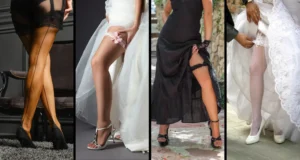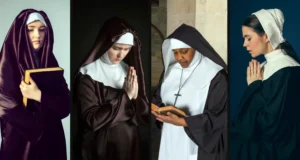For centuries, corsets were tightly laced staples of the feminine wardrobe. These boned undergarments shaped the silhouettes of women everywhere according to the demands of changing fashion.
Corsets cinching elastic middles to an “S” curve or pushing bosoms high were seen as peak beauty in different eras. But fashion was far from the sole reason corsets were donned daily. Support and decorum drove ladies to squeeze support for heavy outer dresses between stiff fibres.
Wealthy women sparkled in corsets adorned by silks and jewels, too. Even culture itself played a corset’s role—in tribes, corsets nurtured strength and ceremony.
Though today fewer wear them, understanding corsets means knowing women’s stories across time.
Why did ladies wear corsets?
Shape the figure into an hourglass silhouette
Ladies wore corsets because they helped shape their bodies into an hourglass figure. This figure was considered the ideal shape during those times.
Corsets pushed ladies’ chests and hips out while squeezing their waists in small. Corsets molded a woman’s body with a small waist and bigger bust and hips. They used materials like steel bones and whalebones to push and pull a lady’s body into an hourglass shape.
Most women thought looking like this was worth being uncomfortable or in pain from how tightly corsets squeezed them. Having an hourglass figure showed you had beauty, could have children, and might be rich too.
While corsets helped posture, they could hurt if tied too tight for long periods. But back then, most ladies wore corsets to get the body shape everyone thought all women should have.
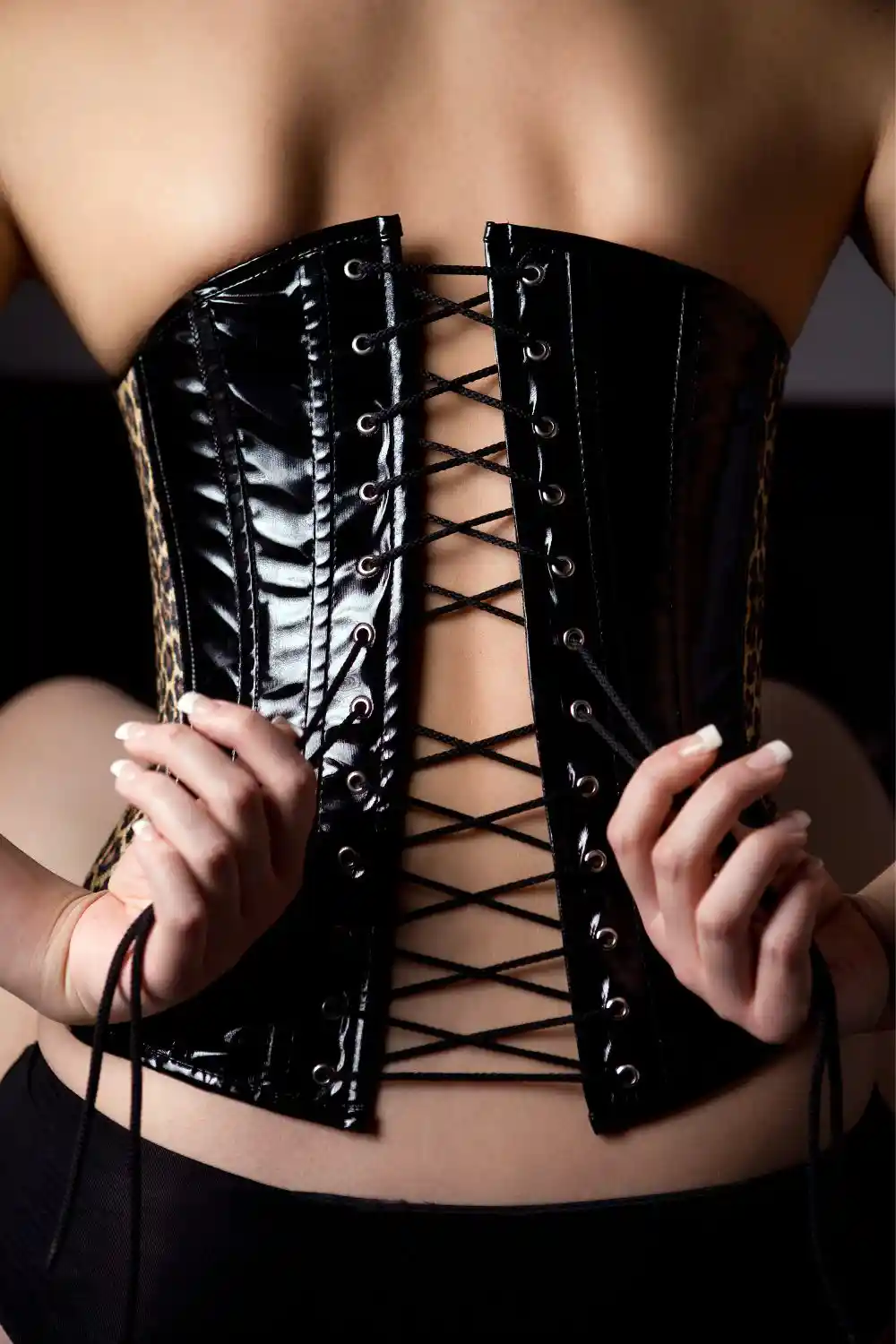
Provide support and lift for the breasts
Ladies wore corsets to support their breasts and make them look good. The corset helped lift and push up ladies’ chests, especially those with bigger breasts. It was comfy for them. The corset bones and tight wrapping did this.
It also spreads the weight of the breasts across the back and chest. This made breasts feel lighter and hurt ladies’ backs less.
Different corsets shaped breasts in different ways. Some pushed them together up high. Others made breasts look smaller. Corsets even made nice cleavage sometimes.
Ladies liked their bosoms to look full and perky. The corset lets women choose and change their breast appearance. That is why it was popular for ladies in past times to wear a corset every day.
Improve posture and encourage upright carriage
Ladies also wore corsets to have good posture. The corset bones kept their back and torso supported. This helped their spine to stay straight. And it pulled their shoulders back instead of rounded.
Good posture made ladies look taller and more confident. It could also prevent back pain later. The tight corset ensured they stood up nice and straight. It trained their body into the perfect position.
Ladies wanted the correct carriage to go along with their beautiful gowns. The corset kept them looking graceful as they moved around. Its rigid shaping kept them from slouching over.
No one wanted to be seen with poor posture long ago. That is another reason ladies would squeeze into their corsets each day.
Control the waistline and define the waist
Ladies wore corsets to make their waists look small. The corset pressed very tightly on their middle to push the ribs in. It also pulled the hips up high.
This made a defined hourglass shape that everyone liked best. A small waist showed you took good care of yourself. Ladies even squeezed so tight sometimes they could hardly breathe. But having a tiny waist was worth being uncomfortable. It was most important during the Victorian times.
Even though it hurt, women thought the pain was okay to get the waist everyone wanted. They wanted to look just right for their fancy dresses. A corset let ladies control how thin their middle appeared each day.
Ensure modesty and maintain proper decorum
Ladies also wore corsets to stay modest in public. It covered their chest and belly, so no one saw skin there.
The society said showing curves was rude then. The corset shape looked nice but hid a woman’s body too. It made ladies seem proper as demanded. Corsets even stopped women from moving around too freely.
Men wanted them to act in ways seen as ladylike. Rich ladies mostly wore corsets since poorer ones couldn’t afford such fancy underwear. Upper-class folks expected you to wear one if you were a woman.
Dressing with restraint proved where you stood. That is another reason ladies squeezed into corsets back in the day.
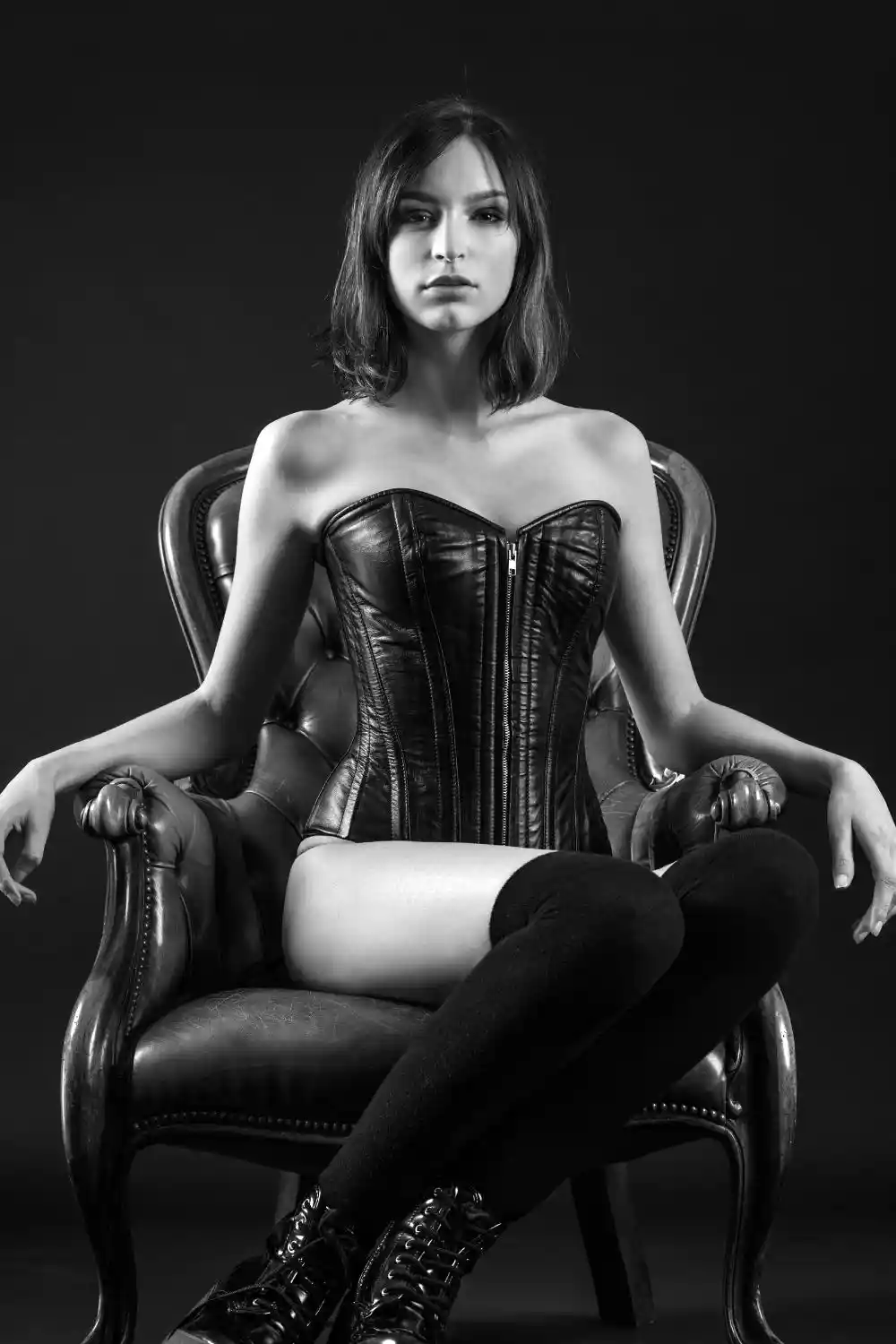
Symbolize beauty, wealth, and social status
Ladies wore fancy corsets decorated with beads and embroidery to look their best. These corsets showed you had money and status. Only wealthy women could afford fancy underwear made with expensive silk and satin fabrics.
It proved to everyone how rich a woman was. Corsets also symbolized the era’s ideal, beautiful hourglass body shape. Ladies wanted large puffed bosoms and tiny waists. They knew corsets made their appearance follow each period’s fashion.
Having a corset covered in lovely decorations attracted the attention of others, too. People saw what social class a woman came from by what she wore under her dress. That is another reason ladies squeezed into decorative corsets long ago.
Fashionable outerwear and status symbols
Later, corsets became fashionable clothes ladies showed off. In European countries, corsets became part of usual wear. They were even worn as outer garments you could see.
Corsets proved how wealthy a woman was because rich ladies had fancy decorated ones. Corsets lasted as popular lady clothes for over 400 years! Even though uncomfortable, looking stylish mattered more.
Corsets shaped a woman’s figure that everyone thought was beautiful. People saw a lady’s undergarments as signs of what class she belonged to. Wearing your corset for all to see was a way to feel important. Some famous designers still use corsets in their clothing today.
Mold the body to suit fashionable silhouettes
Fashion has changed over the years. Ladies wore corsets to get the looks most popular for that time. In one era, the bell shape was the biggest. Then, later, the S-shape took over.
Corsets helped ladies have each style by pushing and pulling their bodies. The corset made their figure just right for the time. Whatever decade it was, corsets molded a woman to fit the era’s favorite silhouette. Even in times when clothes covered more skin again, some women still squeezed into corsets.
They let those ladies stay trendy no matter what the fashion said was most beautiful right then. Corsets could always adjust to make bodies beautiful as the latest fashions demanded.
Represent self-discipline and beauty ideals
Ladies wore corsets to show how disciplined they could be. It took work to squeeze into the tight corset every day. Women had to restrict what they ate and how much they moved around in them, too.
But ladies believed getting the curvy shape everyone thought most attractive was worthwhile. Corsets let ladies mold their bodies like what society said was beautiful, even if it was uncomfortable.
Even though natural bodies differed, corsets made women look similar. Wearing one proved a lady’s commitment to following the beauty standard.
Lots of pain was nothing next to having the admired figure of the times. Corsets displayed how far women would go to meet each era’s slender yet busty body ideals.
Support heavy garments, reduce strain
Ladies also wore corsets to help with carrying heavy dresses. The big poofy skirts and crinolines worn long ago weighed a lot. A corset braced a woman’s back to divide up where the dress’s weight pushed down.
This lessened how much strain-filled outfits put on ladies’ shoulders and spines. Even bustier ladies found corsets useful. It propped up large bosoms to prevent hurting their upper backs.
Corsets had solid bones inside that held dresses without sagging or sliding down. The tight pressure around a woman kept fashion’s mass from wearing her out as much. Today, some women seeking historical accuracy need corsets’ stout support below heavy costumes.
Offer some protection from blunt force
Corsets also gave ladies a little safety. The sturdy bones inside braced a woman’s middle if she fell. It spreads out the push or blow across a bigger area. This protected organs from getting smashed all at once.
Corsets weren’t armor, but they did stop injuries from being as harsh. Pregnant women who rode horses felt better in corsets, too. It sheltered their unborn baby some.
Under the corset, they wore a lining shift also. This caught sweat, so it didn’t ruin the corset. It also acted as underwear and protected underclothes. People doing reenactments or who had mastectomies still wear corsets because of their layer of defense.
Though not meant for real protection, corsets give women a bit more security from accidents and harm.
Used in ceremonial rituals in certain cultures
In some cultures, ladies wore corsets during special ceremonies, too. In tribes like the Xhosa, young girls put on tight beaded corsets for their womanhood ceremony. This showed everyone the girl had become an adult. It also made their body strong.
Other peoples, like the Maasai, celebrated this with decorated waist corsets. Ladies from Korea had corsets as usual clothes also. These straightened a woman’s back as they went around.
Even during troublesome times like giving birth, corsets assisted some cultures. It supported mothers and lessened their pains. Wearing one after the baby also helped a lady’s figure go back faster. Different places made corsets part of celebrations at special life moments in various ways.
Worn for cosplay, performance arts, and reenactments
Some ladies also wear corsets now for dressing up. Corsets help people pretend to be characters from old times or stories. Wearing one makes costumes for plays and movie reenactments more realistic.
Corsets are great for cosplay, too. Fans dress as video game and anime people, putting on corsets to look more like them. Actors use corsets a lot in productions set in past eras. It creates outfits for wealthy or royal roles. Reenactors like corsets most of all.
Whether rich or poor, ladies wore corsets in the periods they portrayed. So, reenactors squeeze into corsets just as real women did back when. It makes their historical acting feel genuine, like stepping right into another time.
Create a feminine silhouette after mastectomy
Some ladies wear corsets after having mastectomies, too. It helps them feel more like a woman again. Corsets push what’s left of their bosom higher to make breasts look fuller.
They also make waists seem tinier. All this gives a curvier silhouette. Wearing one lessens pains where breasts are taken. It props up what remains in a comfy way. Some corsets especially relieve lymphedema, too. That’s swelling from cancer treatment.
Support garments let those women feel confident being seen. Corsets allow smiles in places of tears after such operations. Though not easy times, corsets provided ladies a way to feel like themselves once more following mastectomies.
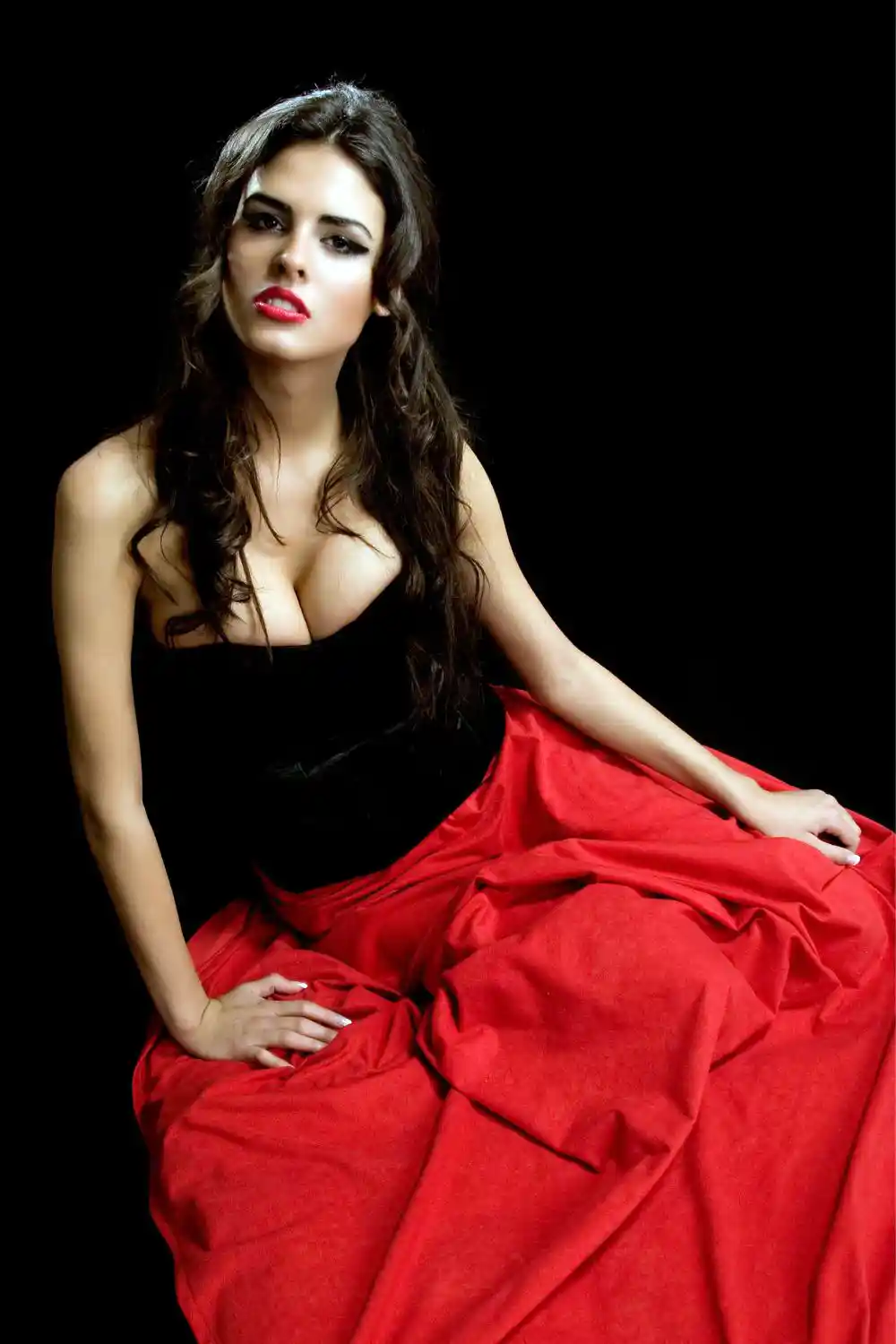
Summary
Over centuries, corsets became both a necessity and an art form for women worldwide. These tightly-laced undergarments shaped their silhouettes according to society’s ideal forms, from the S-curve to the hourglass.
More than fashion, however, corsets offered support. Their firm bones distributed weight from voluminous dresses to ease the strain on women’s backs.
Corsets also symbolized status and wealth when decorated elaborately. And in some cultures, corsets held ceremonial meaning, too, representing puberty rites. While few wear them today, understanding corsets’ diverse history reveals much about changing beauty standards through time.
From royalty to ritual, corsets have long constrained and enabled women in their dual roles of decoration and functionality underneath heavier outer fashions. Their legacy stays as women continue crafting their public appearance.
FAQ
What was the purpose of wearing corsets?
Corsets served many purposes for women over centuries,, including shaping their silhouettes to fit fashion trends, supporting breasts and heavy gowns, improving posture, and demonstrating wealth and status. They were also used in cultural rituals by some groups.
What did corsets do to women’s bodies?
Wearing tightly laced corsets over long periods could physically constrain women’s bodies by forcing the torso into an exaggerated S-curve shape. This sometimes weakens the core muscles and damages the ribs if worn excessively. However, corsets also lift and support the breasts when worn properly.
What was the purpose of corsets in the 1800s?
During the 1800s, corsets helped cinch women’s waists into the fashionable small-waisted “hourglass” silhouette of the time. They provided structure and support under voluminous dresses and demonstrated the wearer’s commitment to Victorian beauty standards, emphasizing a tiny waist.
How do corsets support breasts?
Corset designs feature vertical boning and lacing that lifts and separates the breasts. This provides cleavage while dispersing the weight of the breasts across the ribcage area for comfort rather than placing pressure on the shoulders or back. Built-in cups can also shape and enhance cleavage.
What was worn under a corset?
Women would wear a lightweight linen undergarment called a chemise or shift beneath their corset for modesty, warmth, and sweat absorption. This protected both the skin and the corset material. Both sheer and opaque shifts in varying lengths were common undergarments worn under corsets.
![Why Do Women Wear Bras [All The Reasons In-depth] 4 Why do women wear bras](https://honeyfact.b-cdn.net/wp-content/uploads/2023/04/Why-do-women-wear-bras-300x160.webp)

